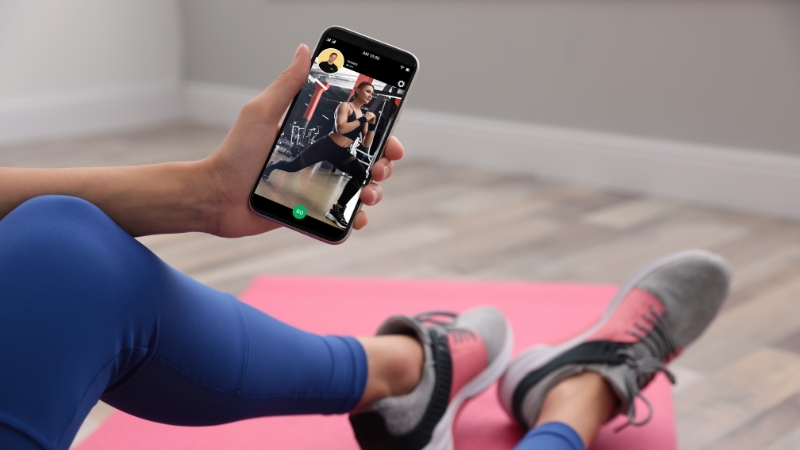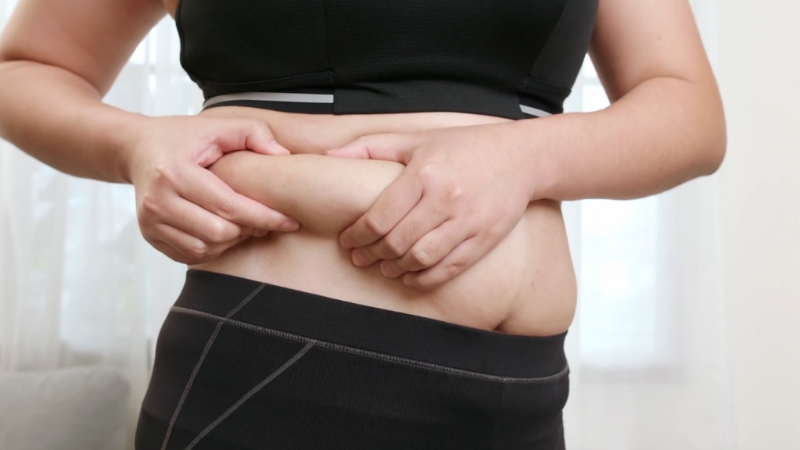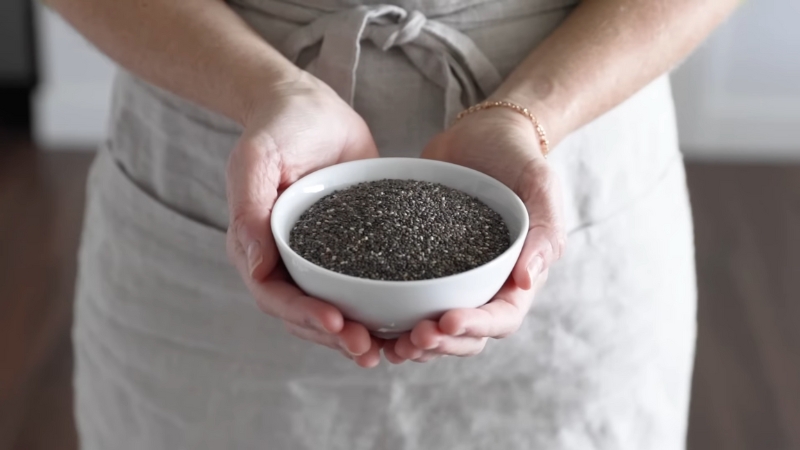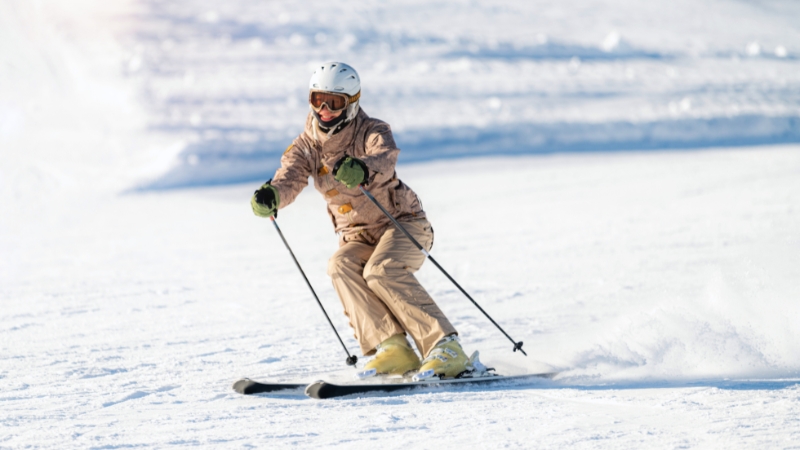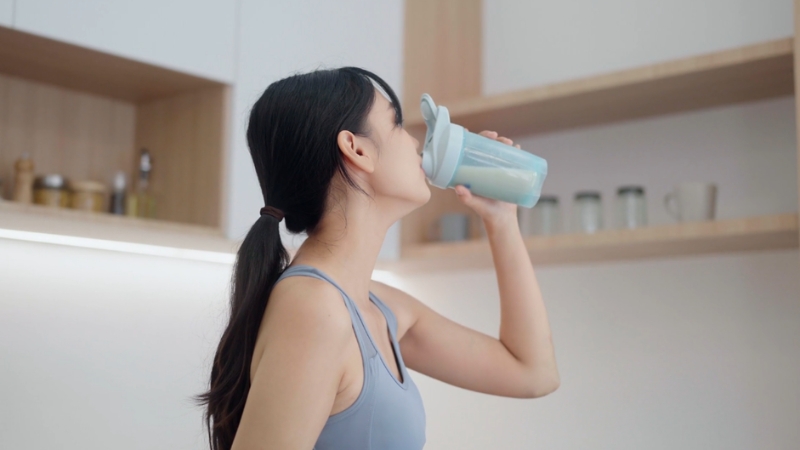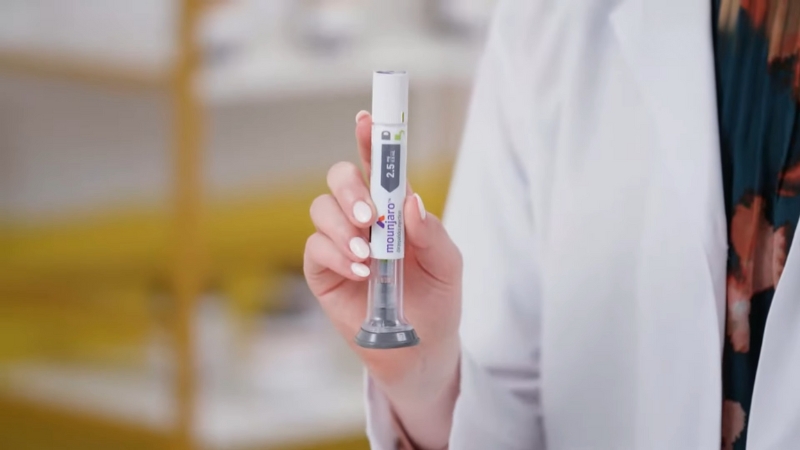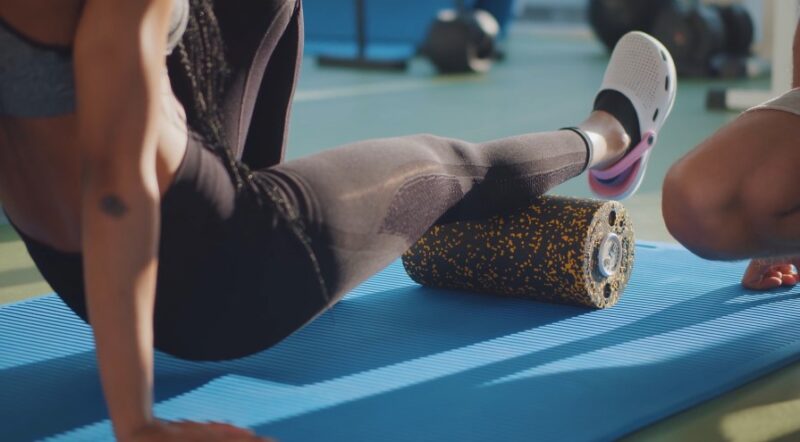
Share Post:
Muscle soreness after high-intensity training, often referred to as delayed onset muscle soreness (DOMS), is a natural reaction to the micro-tears created during exercise.
It’s common to feel stiff or tender a day or two after a particularly intense workout.
Without proper recovery, performance declines, injuries become more likely, and gains stall. Muscles need time and support to rebuild and strengthen.
Below are expert-backed methods to reduce soreness, support muscle repair, and keep your progress moving forward.
1. Active Recovery
Complete rest, it encourages continued blood flow without overloading fatigued muscles. Keeping the body in motion can accelerate the healing process and reduce inflammation.
Engaging in light activity improves oxygen delivery and facilitates the removal of waste products like lactic acid.
That, in turn, shortens the duration of soreness and helps maintain flexibility.
Key benefits of active recovery include:
- Increased circulation for faster nutrient delivery
- Reduced risk of stiffness and cramping
- Enhanced range of motion without adding physical strain
Allocate 15 to 30 minutes for low-intensity movement post-workout or on rest days. Brisk walks, gentle yoga flows, or easy cycling are all suitable.
Staying active helps muscles bounce back quicker and feel less sore the following day.
2. Foam Rolling and Massage
Another tool gaining attention in muscle recovery routines is the vibration plate, especially effective for stimulating lymphatic drainage.
Light, controlled vibration enhances circulation, encourages fluid movement, and reduces swelling in fatigued areas.
Many athletes use vibration platforms not only for muscle relaxation but also to support the body’s natural detox processes.
Benefits of using a vibration plate include:
- Improved lymphatic flow for waste removal
- Enhanced muscle relaxation and oxygenation
- Reduced post-workout inflammation
For those seeking reliable performance and features, the best vibration plate for lymphatic drainage typically offers adjustable frequencies, a stable platform, and preset recovery programs.
Using one for just 10–15 minutes after training can complement foam rolling and massage therapy effectively.
3. Nutrition for Muscle Repair
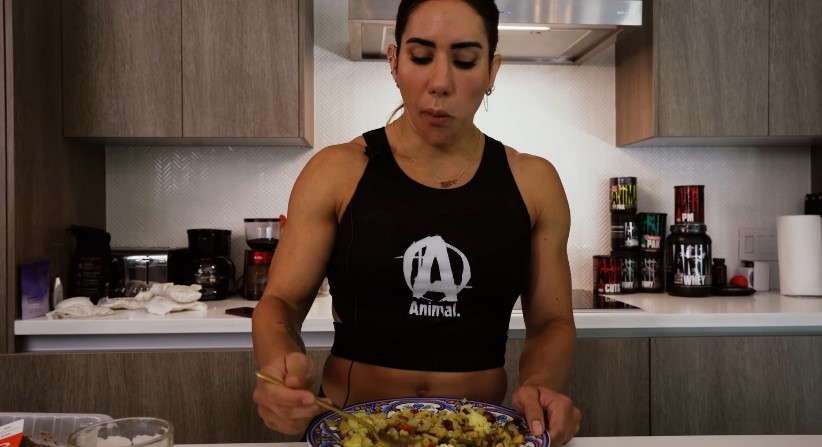
Muscles require proper fuel after a high-intensity session. Nutrition plays a central role in replenishing energy stores and rebuilding tissue damaged during exertion. Poor recovery nutrition delays healing and stunts performance gains.
Macronutrients serve distinct functions:
- Protein (20–40 grams): Rebuilds damaged fibers and promotes muscle protein synthesis
- Carbohydrates: Restores glycogen reserves depleted during intense efforts
- Healthy Fats: Regulate hormones essential for recovery and control inflammation
Post-workout meal suggestions include:
- Greek yogurt mixed with a banana
- Grilled chicken paired with brown rice and steamed vegetables
- Protein shake blended with oats and almond butter
Consume your meal or shake within 30 to 60 minutes after exercise. That window maximizes nutrient absorption and recovery efficiency.
4. Hydration and Electrolyte Balance
Dehydration can stall muscle repair, impair performance, and prolong soreness. Water facilitates nutrient transport, temperature regulation, and cellular function. Sweat depletes both fluids and electrolytes, which need to be restored quickly.
To stay properly hydrated:
- Drink 8 ounces every 15–30 minutes during training
- Replenish 8 ounces of water for every pound lost post-workout
- Use electrolyte-rich beverages after long or intense sessions
Essential electrolytes such as sodium, potassium, calcium, and magnesium support muscle function and nerve signaling.
Reintroducing them helps reduce cramps, headaches, and fatigue.
5. Sleep and Rest

Recovery doesn’t occur in the gym. Progress unfolds during sleep, when hormones like growth hormone are secreted to rebuild tissue and strengthen muscles. Sacrificing sleep for more training can backfire quickly.
Elite athletes often prioritize sleep as much as they do training. Getting enough high-quality rest makes a measurable difference in performance and soreness levels.
Sleep optimization strategies include:
- Maintain a consistent bedtime and wake-up schedule
- Keep the bedroom dark and cool (60–68°F)
- Avoid screens for at least an hour before sleep
Aim for 8–10 hours each night. Some may benefit from occasional naps during high-volume training weeks to boost physical and mental recovery.
6. Stretching and Mobility Work
Stretching aids in post-exercise recovery by lengthening muscles and improving elasticity. Muscles respond best to stretching when warm, which is why the post-workout window is ideal.
Focus on static stretches, holding each position steadily and breathing deeply to allow the muscle to release. Avoid bouncing, which can cause microtears or trigger reflex tightening.
Effective post-workout stretches include:
- Child’s Pose: Targets back and shoulders
- Upward Dog: Opens chest and stretches abdominal
- Hip-Flexor Stretch: Relieves tight hips and improves stride
Hold each stretch for 60–90 seconds and repeat as needed. Over time, consistent mobility work reduces soreness and increases range of motion.
7. Warm-Ups and Cool-Downs
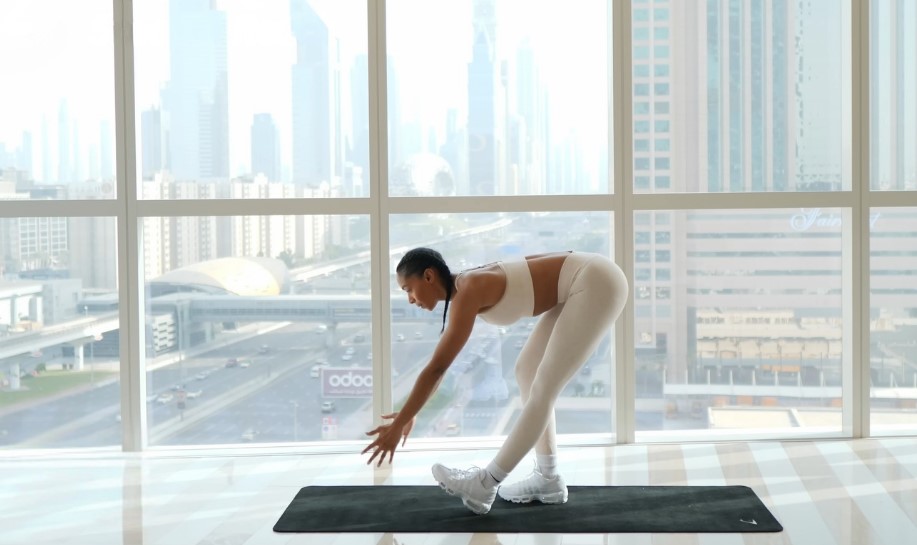
Skipping warm-ups or cool-downs is one of the fastest routes to injury and lingering soreness. Both play an essential role in priming muscles and allowing them to recover correctly.
A solid warm-up prepares the heart, lungs, and muscles for exertion. Dynamic movements raise body temperature and activate muscle fibers.
Sample warm-up elements:
- Arm swings
- High knees
- Bodyweight squats
- Light jogging
Cool-downs transition the body back to a resting state. They reduce lactic acid buildup and lower heart rate gradually.
Cool-down elements include:
- 5 minutes of light cardio like walking or cycling
- Static stretches for major muscle groups used during training
Neglecting either routine can leave the body more vulnerable to tightness, fatigue, and overtraining.
8. Topical Solutions and Tools
Topical aids don’t rebuild muscle tissue, but they offer comfort. When soreness becomes a distraction, short-term relief can improve sleep and reduce perceived pain.
Foam rollers replicate aspects of a sports massage. They increase circulation and help maintain flexibility between professional sessions.
Topical balms like BenGay and Tiger Balm deliver sensations that mask soreness by stimulating nerves at the skin’s surface.
Use these supportive tools when needed:
- Foam rollers to ease tension and keep fascia pliable
- Balms for short-lived relief through cooling or warming sensations
- Massage balls or handheld devices for targeted relief in smaller muscle groups
Pair these with sleep, hydration, and nutrition strategies for a more complete recovery system.
Summary
Recovery plays a defining role in performance, growth, and injury prevention. Each method listed supports a different aspect of muscle repair, and together they form a complete recovery plan.
Consistency and awareness of your body’s signals go a long way. Support your efforts with smart recovery, and every rep will count for more.
Related Posts:
- 6 Best Methods For Inflammation Reduction Backed By Science
- How to Manage Leg Cramps - 7 Prevention and Relief Tips
- Strength Training for Women - Busting the Bulky Muscle Myth
- Should You Do Cardio Before or After Weight Training?
- Muscle Recovery Explained - What Happens Inside Your…
- Top 13 Muscle Recovery Foods After a Hard Workout


